Mining in Games – Surface Mining & Sub-Surface Mining
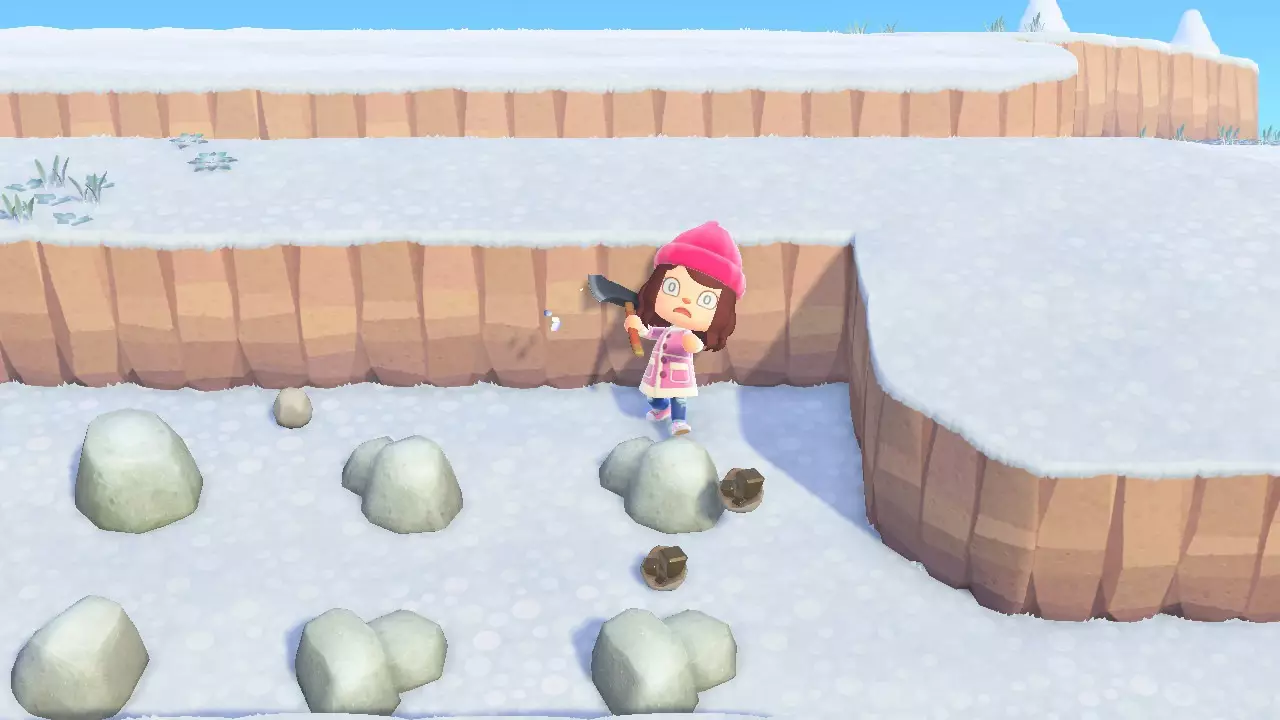
#DataMines: Mining in Games
Part Seven & Eight: Surface Mining & Sub-Surface Mining
The hit game of 2020 has everything in it. In Animal Crossing: New Horizons (2020) you can hunt for bugs, dig for fossils, and decorate your home. You can design clothes, hold festivals with friends, and terraform the landscape. You can also indulge in a spot of surface mining if it takes your fancy.
The Animal Crossing series (2001 – ) follow the social simulation video game genre; that is, they allow the player to create and craft their own plot of land in a village inhabited by anthropomorphic animals. In these games, upgrading and customisation is key to partaking in a happy social life, and this takes place through the steady accumulation of materials, of which mining activities play a crucial part.
In Animal Crossing: New Horizons, the player requires iron nuggets to craft tools to make nice things. These nuggets can be found in rocks, strewn across the island, which the player may hit with a shovel or axe until their contents are yielded. While this type of mining is on a scale far smaller and more personal than professional operations in real-life (and as such has a comparatively negligible impact on the environment), the acquisition of materials from the ground is still shown to be an essential bedrock (ahem…) in cultivating a functioning community. Even if it is all ultimately to have a dog play a guitar while a raccoon fleeces you of your prized bells.
As with a game like Stardew Valley (2016), you can even do the mining with your friends in real life across network play, establishing a friendly trade agreement or making off with all their supplies depending on your moral alignment for the session.
Mining Fact: Teamwork was vital for safe and efficient mining underground. Here is a picture of the record-breaking face team at Bullcliffe Wood Colliery in 1982.
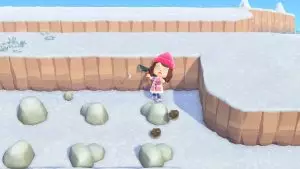
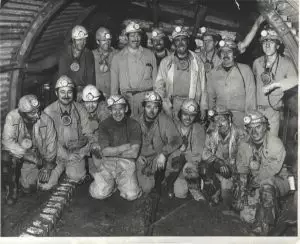
If the Animal Crossing games depict the super-happy social upshot of dipping your toe in the dirt to make friends and build a community, then Terraria (2011) asks you to dive headlong into its procedurally generated (randomised) caverns, and to fight off creatures while sub-surface mining gives you the further resources required to survive in the solitary sandbox environment of your choosing.
Mining Fact: Surface mining in reality is a vast undertaking which goes on have a long-lasting effect on the local environment. A major part of the work is restoring the land after the mining has finished.
Terrariacan easily be described as a 2D version of Minecraft. You are able to wield a pickaxe and dig downwards until you find a pocket in the ground, suitable for exploration. The benefits of sub-surface mining over surface mining in these games are also similar to that in reality: the resources can become more precious or abundant the further into the ground you go.
However, unlike the practicalities of actual mining, Terraria also features dozens of boss battles.
Should the player defeat these monsters, they gain a new material for crafting. This connection between underground exploration and the horror genre is another way in which games can tap into certain cultural perceptions and folk-lore tales of mining: they are spaces that can only become safe through determined effort. It’s that whole man/woman versus nature thing, but with more tentacles and spikes and names like the icky Brain of Cthulhu.
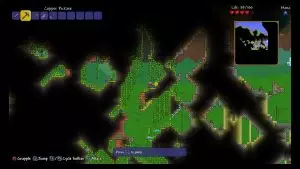
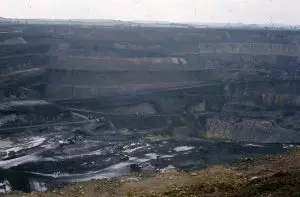
The landscape ofTerraria is hostile in a way that Animal Crossing: New Horizons can never be (although those spiders do look a little intense), but they’re both like Minecraft in that they all require something of a structured plan. Wading into these games without an idea of what to do often results in wasted resources and a lack of accomplishment. Only through concerted effort and purposeful strategizing does mining yield anything useful.
Simply tearing through a landscape with zero preparation is the worst way to play these games with the player also expected to work with the environment and other people.
Next time in the data mine: The future(s) of video game mining with deep-sea mining in Subnautica and laser beams in space with No Man’s Sky.
By Carl Wilson @CDWilson
www.carl-wilson.com